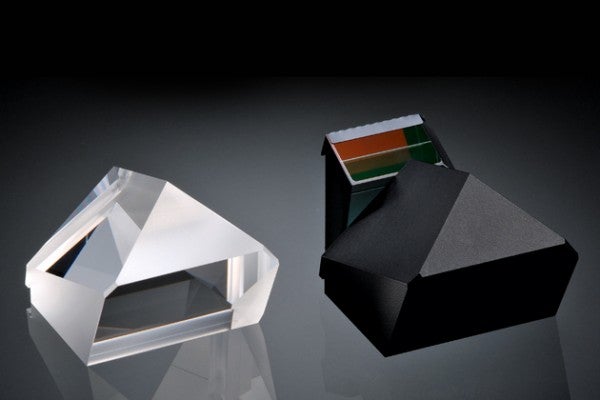In this article we look at the pentaprism, providing a guide to what it is for and how it works
Without the pentaprism, the single reflex camera might never have been such a success. It enables photographers to see through their lenses via an eye-level viewfinder with everything the right way up and the right way round.
Cameras use what’s called a ‘roof’ pentaprism, because it looks like a roof from certain aspects, and while the cross-section of a pentaprism is bound by five sides, it actually has seven or eight.
All reflex cameras use a mirror placed at 45° behind the camera lens, and this projects the lens view onto a ground-glass screen viewed perpendicularly to the optical axis of the lens. Before the pentaprism was introduced, the photographer typically had to look downwards to view what the lens was viewing forwards. Unlike a plate camera, the view is projected the right way up, but it’s laterally reversed – not ideal for moving subjects. This is known as a waist-level reflex viewfinder because it was often most convenient to place the camera at waist height when shooting.
In the mid-1930s, camera designers started to think about using pentaprisms in 35mm reflex cameras. This provided an arrangement whereby the photographer could see through the lens with an eyepiece, facing the same way as the camera, and the view would be both vertically and laterally correct. The pentaprism achieves this by reflecting the lens view several times internally to correctly transform the view.
The pentaprism has been enjoyed by SLR photographers for many decades, but its popularity was compromised after the introduction of DSLR cameras featuring so-called ‘crop-frame’ digital sensors with smaller dimensions. This means the viewfinder view had to be smaller, which photographers disliked. Later, some cameras were fitted with tilted pentaprism and eyepiece optic designs that magnified the view, but with this magnification came a loss in brightness. The resurgence of full-frame DSLRs solved these problems. In an effort to reduce costs and save weight, the pentamirror alternative was introduced. This operates just like a pentaprism, but only uses mirrors.





